This story is part of a continuing investigation by CBC News and Sports into abuse in amateur sport in Canada. Read all of the reporting here.
Canada’s sports system remains in a crisis — at a breaking point even — as parents, sports organizations and officials at all levels continue to struggle with keeping players safe from abuse.
It’s been four years since a CBC News and Sports investigation revealed more than 200 coaches — mostly at the local level — had been charged with a sexual offence against athletes under their care since 1998. Since then, CBC has found 83 other coaches have been charged or convicted across multiple sports, provinces and jurisdictions.
Experts say those charged — which include a tennis coach in Toronto, a figure skating coach in St. John’s, a trio of basketball coaches in Montreal and a football coach in Winnipeg — likely represent only a fraction of what is occurring.
“The world of sport in general is still in crisis, because we are still hearing about the stories of abuse and maltreatment and I don’t think it’s the end of it,” Sport Minister Pascale St-Onge told CBC.
Sports Minister Pascale St-Onge says her office made it mandatory for nationally funded organizations to sign up with the Office of the Sport Integrity Commissioner in order to receive government funding.
Among the recent allegations — on July 12, 2022, police charged 33-year-old Jamie Ellacott with sexually assaulting a seven-year-old girl at the Lethbridge Gymnastics Academy, which he owned and operated with his wife. Ellacott had spent nearly a decade working in gyms across Alberta.
“From the parent’s side of things, I know a lot of people were shocked and horrified,” said Lindsay Vandergouwe, who had only recently enrolled her four-year-old daughter in classes at the club.
“Our initial thing was, ‘Oh God, what’s going to happen next?’ Because there will be more. Our initial thought was if this is the first kid who’s come forward, it’s not the first kid who’s been abused, there will be others.”
A few weeks later, police charged Ellacott with sexually assaulting three other girls at his gym, ages 10, 12 and 14.
“There is lots of talk about how this keeps happening,” Vandergouwe said. “How do we enact meaningful change so that this doesn’t continue to happen to kids?”
Most abuse happens at the local level, but most of the resources to prevent it go to national organizations and, contrary to popular belief, do not trickle down to the smaller clubs and their younger players.
“It remains an absolute blind spot in the system; 99-plus per cent of the cases happen at the community level, but 90-plus per cent of the attention and the effort goes at the elite level of sport,” said Marco Di Buono, president of Canadian Tire Jumpstart Charities, one the largest youth sports charities in Canada.
Former sport minister and Liberal MP Kirsty Duncan says leaders in sports ‘welcome scrutiny.’
Calls for an independent inquiry into safe sport — which, broadly, guards against everything from sexual abuse, poor parental behaviour, bullying, concussions and toxic culture — have recently grown louder. The latest came from dozens of Canadian sport scholars who, in a letter to Prime Minister Justin Trudeau, cited “widespread reports of sexual, physical and psychological abuse of athletes throughout the nation’s sport system.”
Gymnasts have been among the most vocal.
In October a group of more than 500, calling themselves Gymnasts for Change Canada, sent a letter to St-Onge calling for a third-party judicial review to investigate “toxic culture and rampant child abuse entrenched in Canadian gymnastics.”
National team athletes from a number of sports have also asked for an inquiry, as has former sport minister Kirsty Duncan.
Duncan, who still sits as a Liberal MP, says Canada’s “archaic system” wasn’t built to protect athletes.
“We haven’t got this right. We can do better. Let’s open up the system and let’s get the answers so we’re not having the same conversations in four years, in eight years, in 10 years,” she said.
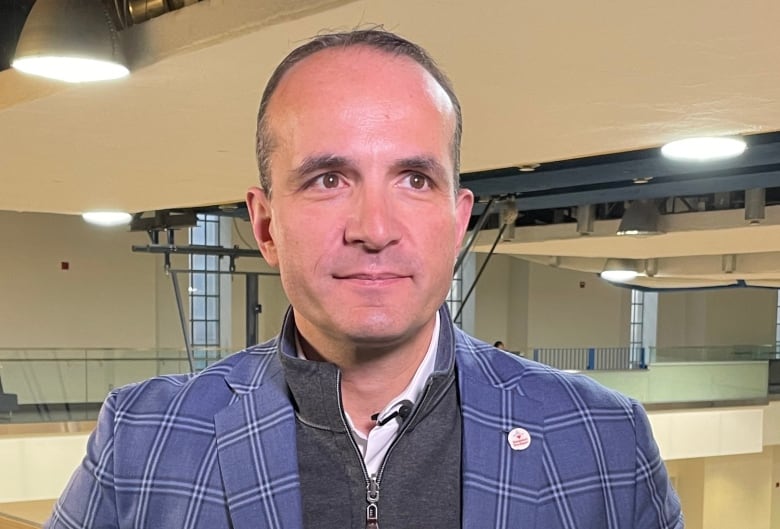
The government has so far rejected these calls.
Some expect an inquiry might reveal massive gaps in Canada’s safe sport system, especially at the grassroots, local level, where 99 per cent of children participate.
Di Buono and others working with thousands of local clubs and associations say there remains a confounding gap between the sport system Canada aspires to and the one actually in place.
A hodgepodge of poorly defined policies and procedures, most with little funding attached, which differ by sport and region, leave many children vulnerable, he says.
At the grassroots level, safe sport is still “nothing more than a compliance exercise,” said Di Buono.
“There is a lack of guidance and leadership.”
If someone comes forward with a concern, we don’t know exactly what to do.— Noni Classen, director of education at Canadian Centre for Child Protection
There’s “not much” by way of accountability and oversight in place, agrees Noni Classen, director of education at the Canadian Centre for Child Protection in Winnipeg.
“If someone comes forward with a concern, we don’t know exactly what to do.”
“People are hesitant to go to the core” — that is, deal directly with sexual abuse, she said — “and that’s what we need to be addressing … not everything else under the sun.”
Many parents might be under the impression safe sport is a well-funded, well-organized effort. But much of the funding for education and awareness about abuse goes to elite athletes, mostly competing at the national level.
Last year Ottawa committed $16 million to safe sport over the next three years. The money will mostly be used to fund the creation and operation of the Office of the Sport Integrity Commissioner (OSIC), an independent office to investigate athlete complaints, which all federally funded sport organizations will be required to sign on to.
Such resources rarely reach grassroots clubs and associations where hundreds of thousands of young children participate and where most abuse takes place.
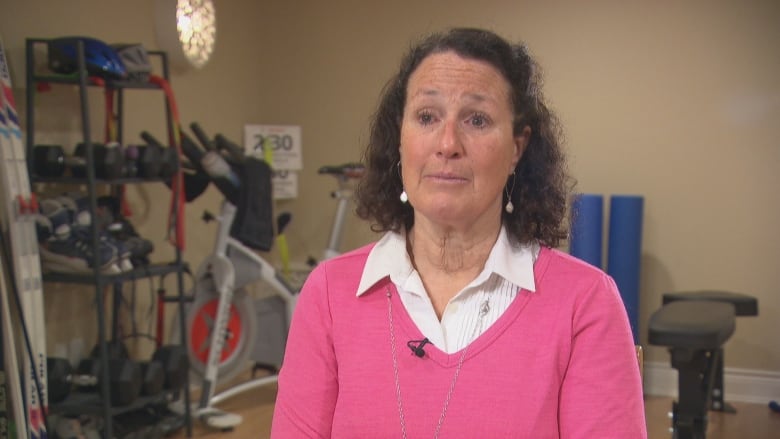
“Our sport system in Canada is fragmented and broken. It’s very siloed. The national doesn’t touch the provincial who doesn’t talk to the community level,” said Marcia Morris, executive director at the Ottawa Sport Council which, among other things, provides education and guidance on safe sport to hundreds of local clubs across the national capital region.
“There’s a lot of stuff happening around safe sport in Canada at the national level that is very disconnected from a community level.”
Already many national sport organizations (NSOs) are criticizing the limited reach and effectiveness of this newly formed OSIC.
It will protect “an exceptionally small percentage of athletes,” at Swimming Canada, said Suzanne Pollens, the group’s director of operations and sport development.
“The masses — the 99 per cent — I personally don’t know the resources that get down to that level.”
The outgoing head of Water Polo Canada says the situation is frustrating.
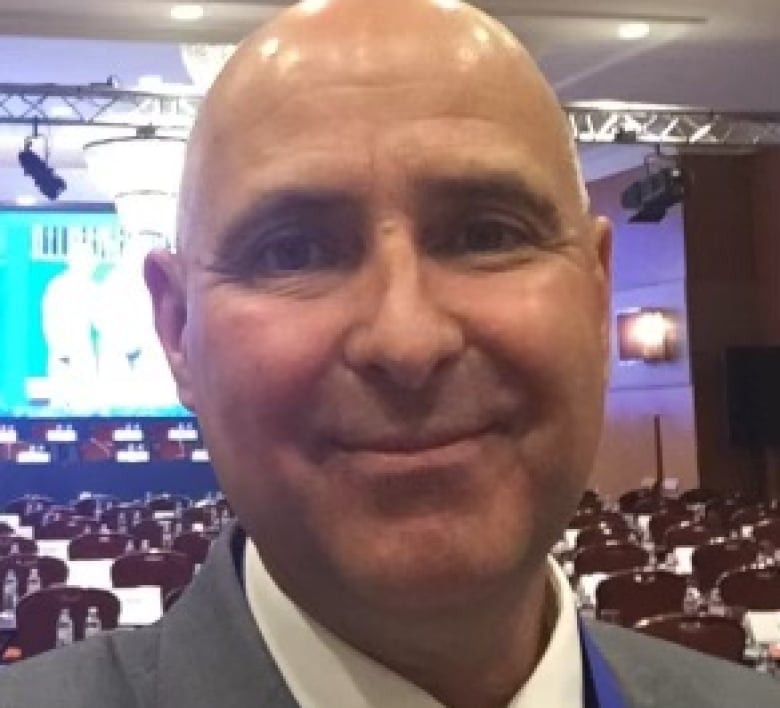
“When something happens” — an arrest, allegation or other scandal — “the public thinks that NSOs aren’t doing their job,” said Martin Goulet.
“Or the minister throws all of the blame at the NSOs. We don’t have jurisdiction at the local level.”
Even St-Onge acknowledges that what Ottawa is doing remains miles aways from the local level.
“Sport is under the provinces’ and territories’ responsibilities. What the federal government does is actually fund the national teams that represent us on the international stage,” she told CBC News.
St-Onge says provinces can sign on with OSIC or form their own, similar organizations to deal with local clubs.
Meanwhile, even some larger and more robust provincial sports organizations are struggling to protect young athletes.
I wake up in the middle of the night thinking, you know, who’s hiring the coaches, who’s putting the coaches in place, what’s the criteria for evaluation?– Phil McKee, president of the Ontario Hockey Federation
Phil McKee, executive director of the Ontario Hockey Federation (OHF), which sanctions and oversees nearly all minor hockey clubs and associations that operate across the province, says it’s currently facing myriad challenges.
“It’s the area that I have the least control,” McKee said. “I can control if we put in an operational plan, I can control the finance, I can influence in this area, but I have the least control.
“I wake up in the middle of the night thinking, you know, who’s hiring the coaches, who’s putting the coaches in place, what’s the criteria for evaluation?
“There’s not a universal hiring process. There’s not a universal evaluation process of volunteers. That’s the part that scares me.”
Mckee also says there are major hurdles providing clubs with relevant and age-appropriate materials about sexual abuse in sport.
“We’re working with our national body right now on what the education needs to be. We’ve also been asking the Ontario government what they’re doing with education because we don’t even know what the requirements are in Ontario on safe sport, there is no provincial requirement right now.”
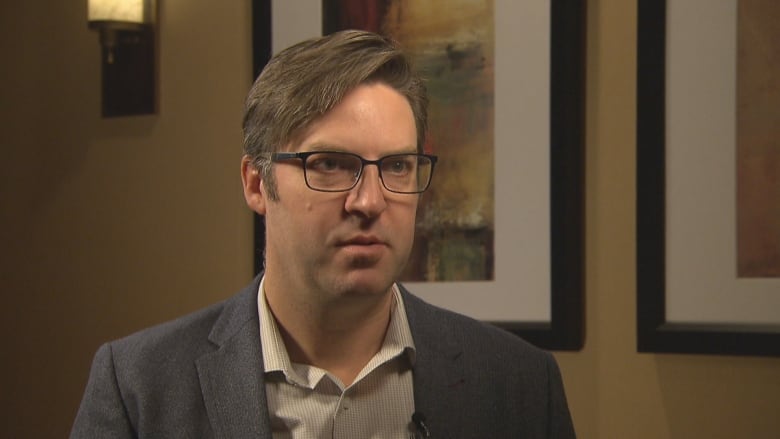
Mckee acknowledges that the OHF doesn’t have the expertise or the staffing to properly educate thousands of players, coaches and parents across the 800 associations it oversees. He estimates that implementing a proper program would cost around $500,000.
“We need people who have the skills to explain proper terminology and how to handle certain situations,” he said.
Mckee says if Canada wants to really deal with its crisis in safe sport, especially at the local level, it will take time and money.
“There should be dedicated staff going out and doing education support for sport,” he said. Lots of excellent volunteers currently provide education, he said, “but it’s not consistent.”
Paul Sir, executive director of the Alberta Basketball Association, is wrestling with the same issues.
“Everybody’s saying the right things, but doing the right things requires hard work, diligence and attention to detail, and taking extra steps that oftentimes people aren’t willing to take,” he said.
“I’ve been in this job for 15 years and over 15 years our funding has gone down 45 per cent. We have just received less and less and less money … and yet we get more and more requests and directives around safe sport.”
“We want everything to be safe,” Sir said. “We also want excellence for your elite teams. We want to provide a safe environment for all your kids, all noble goals. But the funding, absolutely not there. It’s a point of tremendous frustration for myself and my peers.”
In most cases the safe sport file is downloaded to the local level, where younger children are more vulnerable to sexual abuse and maltreatment.
These are organizations, run predominantly by volunteers who are already stretched, doing their best just to ensure leagues are organized and running smoothly.
“We are pushing so much onto that volunteer level,” said Morris, at the Ottawa Sport Council, which has developed a safe sport tool kit for smaller organizations to use.
“The people who would be at that board level — who are responsible for doing something about safe sport — are also the people who are coaching the athletes in the field, are also parents who are taking their kids back and forth to games and they also have full-time day jobs.
Safe sport “isn’t a light topic,” she said. “This isn’t an easy topic to figure out what you need to do and when you need to do it and how you need to do it.
“I don’t think it’s because people don’t care. I think it’s because we have talked people out. There’s no more time left to be doing this,” Morris said.
“I think when you’re stuck, you often hide your head in the sand and you just hope nothing happens.”
Editor’s Note: CBC Sports acknowledges that it has ongoing contractual agreements to produce, broadcast and stream various events with several national sport organizations.

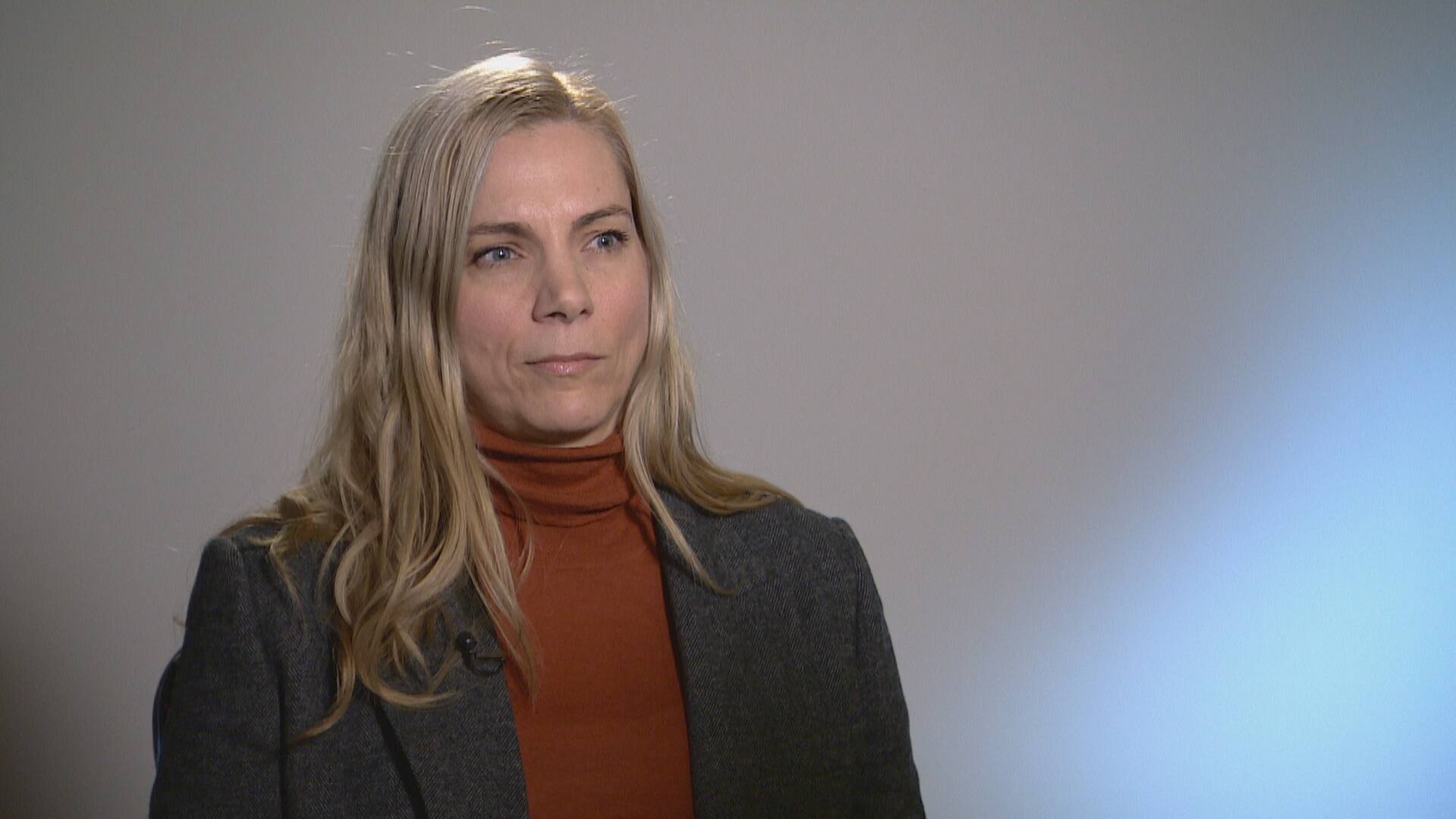
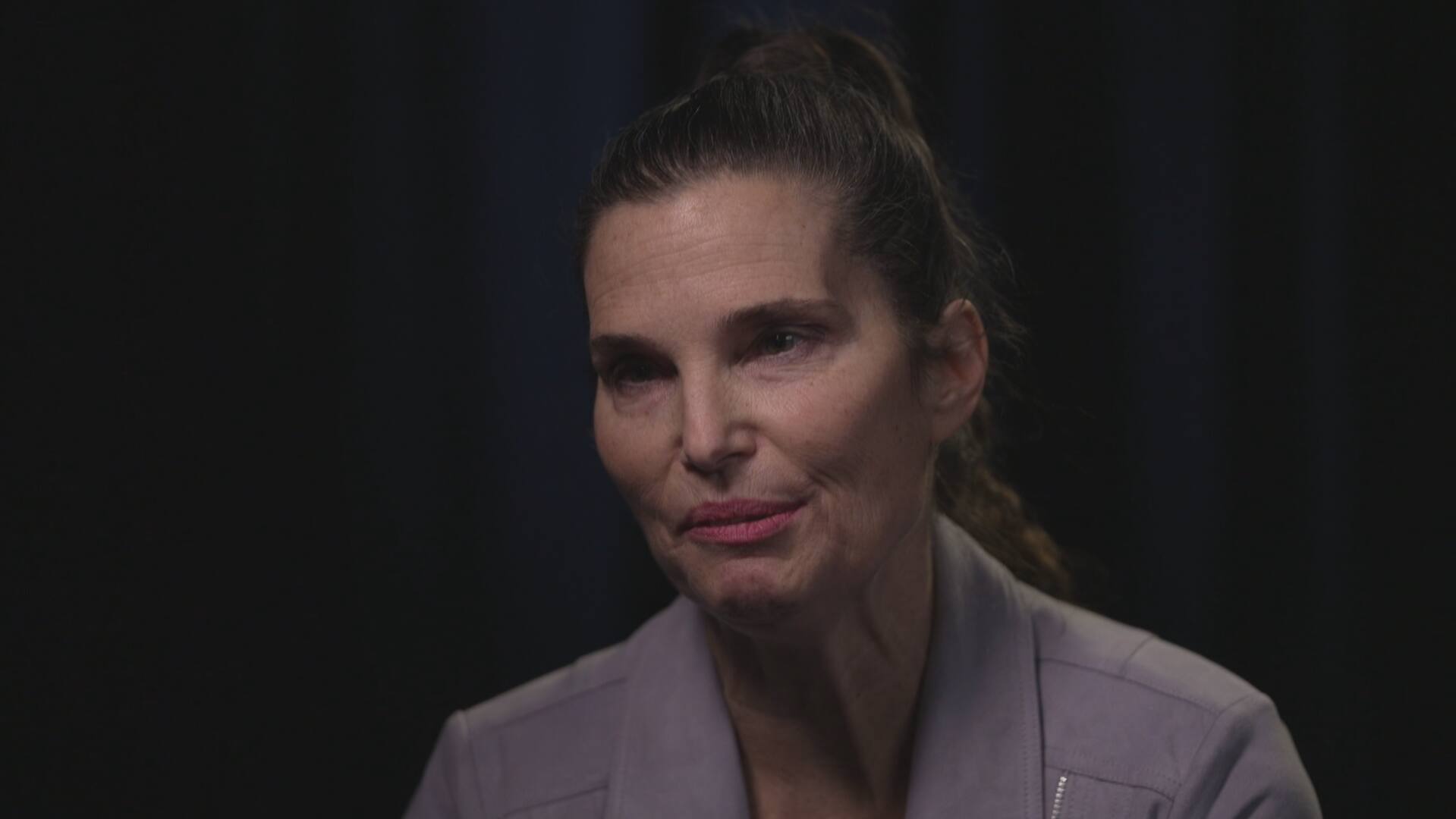


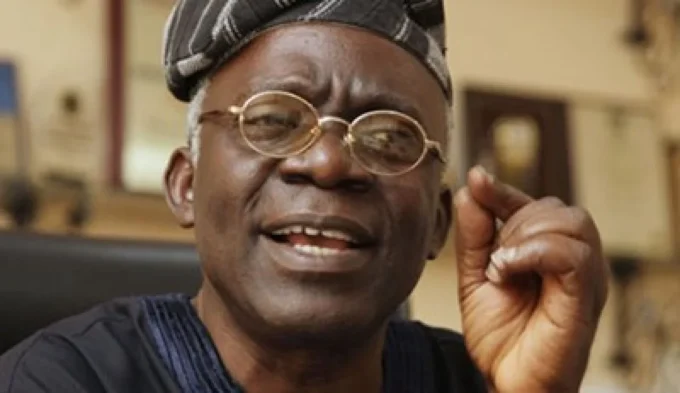









Leave a comment